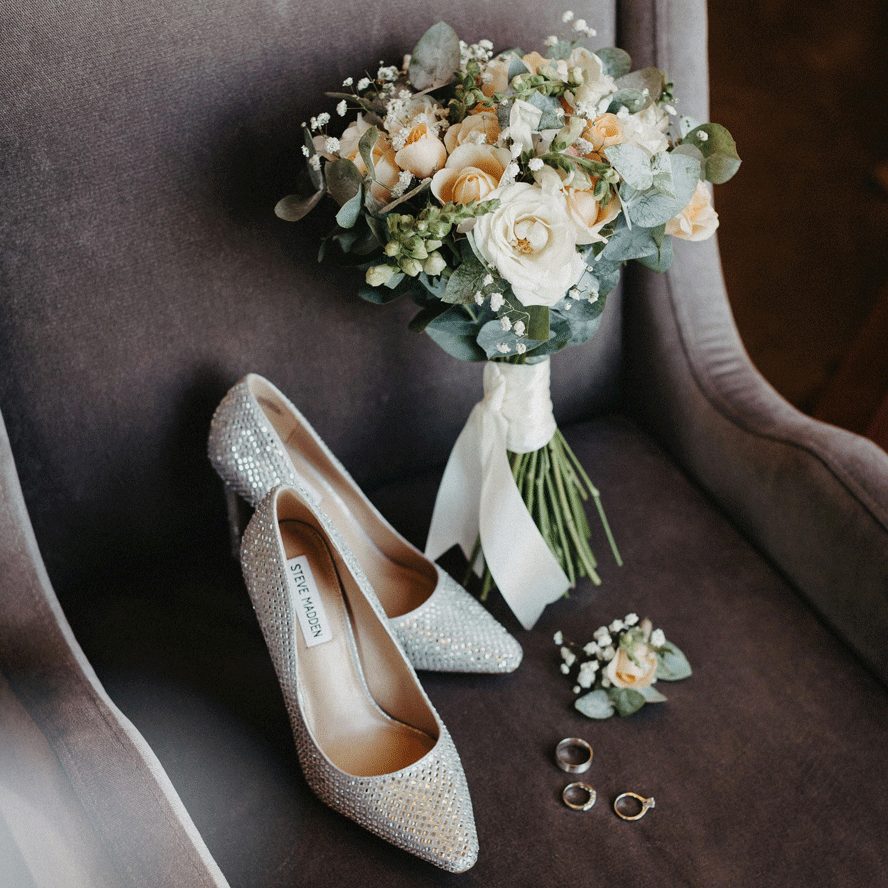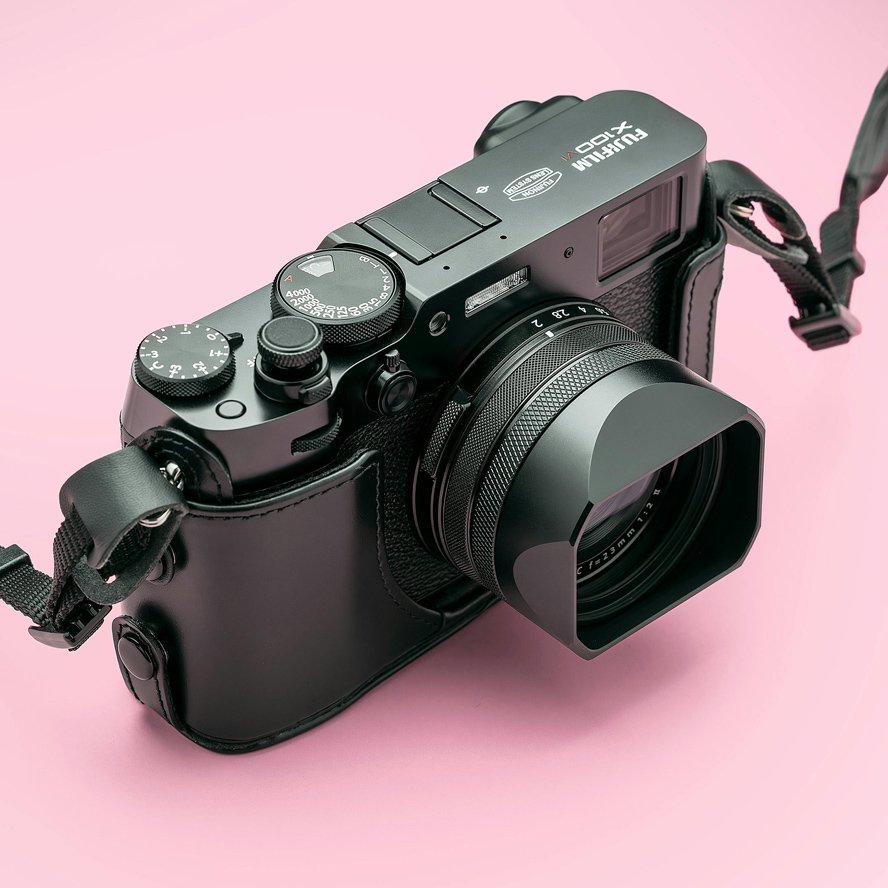About To Work On Your First Wedding Photo Shoot? Follow These Tips For A Hassle-Free Photo Session
Weddings are veritable epicenters of activity for the photography industry, consistently exceeding every other type of photography in terms of revenue, even during the economic turbulence of 2020.
Wedding photography prices range from $1,000 to $10,000 in the US, depending on experience and demand. What's more, is that they're expected to rebound impressively in the coming years.
This makes weddings a fantastic place to grow your career and expand your influence as a professional photographer. However, weddings are momentous occasions, and even more, experienced photographers might find them daunting. If you're about to take on your first wedding photography job, read on for tips that would make the initial experience a whole lot easier.
Make every preparation possible
As with any great undertaking, preparation is key. For starters, you'd want to visit the locations you're going to be shooting in. This will let you establish ideal shot framings and angles in your head. It also lets you get to know the lighting situation, the venue's layout, and which areas might make for difficult shots.
Not to mention, you'll also find out how long of a drive it is on an average day. The driving times you see on Google Maps can be way too optimistic, and you wouldn't want to be late on the big day.
Oftentimes, just when you think everything that could go wrong already has, another catastrophe blindsides you. Too many things are out of your hands in such a grand occasion as a wedding, so it's important to take control of the things you do have on hand.
Prep your itinerary, familiarize yourself with the wedding ceremony order, keep your batteries charged, and memory cards freed up. Always pack spares, even spare cameras. Having two cameras also lets you use both for different scenarios.
For example, one can have a long-range lens for when you can't get near enough to your subject, and the other can have a wide-angle lens so you can capture more of the scene.
Consider seeking extra help
If you're going it alone, consider enlisting the help of more photographers. That way, you can cover more ground, or have a dedicated photographer for each type of shot.
You might end up having to divide up the pay among yourselves, but it takes a lot of pressure off of you and makes for a much better shoot. This makes it much more likely for the client to be happy with your work, and happy clients are much more likely to tell their friends about you.
Help doesn't need to be limited to professionals either. A particularly enterprising family member or two can be instrumental in guiding you towards the perfect shots. They're most helpful when you're taking family photos, as they probably have the most experience in gathering up the entire family for a proper picture.
They would know how best to master the milling chaos of the extended family in this high-spirited time, and can even give you some insider info on how to snap the best candid shots of the bride or groom.
Do some practice runs with the couple
Every photographer has their own style, and every couple has their own tastes. You'd want to make sure that these two aspects agree with each other, and if not, find a compromise.
The best way to do this is with an engagement shoot, sometimes called a "love shoot." This offers the bride, groom, and any family members who come along a chance to get cozy with the camera, as well as see if they like the way you take pictures.
Try to show everyone the pictures you take every step of the way. This will allow them to mark out any quirks that they might not like, as well as specific preferences you may want to remember.
For example, the father of the bride might want certain shots used for prints, or the groom might want a certain video clip of the bride recorded as a keepsake.
Engagement shoots are your chance to take a good amount of feedback on board, so you know how best to tailor your services based on everyone's likes and dislikes. It also gives you the opportunity to do some final negotiations on the price. It's better to do this upfront to avoid some awkward interactions after the fact.
Put together a shot list
The engagement shoot would also be the appropriate time to invite the couple and their families to put together a shot list with you if they haven't made one already.
This allows them to be sure that every photo will be just as they imagined it, and also makes your job of meeting their desires a lot easier. After getting to know your client's tastes while doing the love shoot, you should have a wealth of suggestions to bring to their attention.
For example, a couple who sees the wedding as more of an intimate, personal event would appreciate shots that portray ordinary moments like wedding prep and candid laughter.
On the other hand, a couple who views the event as a cornerstone of their life stories would love to see every scene from the special day, from an admiring photo of the wedding dress to the walk down the aisle.
Your client could be a mix of these types or neither, so it's important to get a keen feeling of what they want to see so you can bridge the gap between what they can and can't articulate.
To help this along, show them the results of the engagement shoot and ask them to select 10 photos that represent how they want their entire wedding album to look.
This will also allow you to judge the little things about their photography tastes. Detail-oriented couples would love it if you could shed the spotlight on features not often focused on, such as the bride's engagement ring and the wedding rings.
Some couples may like to showcase their rings in unusual ways, but before taking pictures of the rings in unconventional places, such as nestled against a heap of petals or balanced on a rock, ask if the rings are insured since coverage is essential to protect valuable jewelry against things like scratches or damage.
Meanwhile, motion-oriented couples adore dynamic shots that showcase the kinetic energy of the whole affair. Background-oriented couples believe that the backdrop, whether it's nature or the beauty of the venue, completes the shot.
Be sure to brush up on taking landscape shots to accentuate the background your subjects will be immersed in if this is the case.
Actively guide your subjects
All too often, when people realize they're getting their picture taken, they attempt to fix their pose. After all, you wouldn't want a bad picture taken if you can help it.
But this becomes a problem when their pose was already just right. Nine times out of ten, it is best to just assume the poses you naturally fall into. Be sure to get this across to your subjects. It may be difficult for some, but acting natural in front of the camera is the biggest favor they can do for their photos.
Reassure those you're photographing that you'll simply notify them if they don't look good in the shot and that they should pose as naturally as possible. There are some exceptions, however. Some poses might look a little unflattering, such as those that distort the subject's figure or crease their clothing in an unpleasant way. Be sure to gently nudge them away from these pitfalls.
This might be a good time to leverage the connections you made while speaking with the families and the couple. Family members can help coordinate groups and dispel individuals' posing quirks.
The couple would know one another best and would know exactly how to put one another at ease and make each other laugh. Guiding your subjects towards perfect shots also involves selecting backgrounds.
This is where your knowledge of the venue from scouting will come into play. For important shots, recall which backdrops in the area would fit best and suggest these to the people you're photographing.
Balance initiative with courtesy
During the ceremony, you will have to do a delicate dance between being audacious enough to get shots you just can't pass up and having enough finesse and courtesy to not be a nuisance.
This will put your timing and anticipation skills to the test. Try to time your repositionings during lulls in the ceremony, such as long readings and homilies. Keep to the sides and move as quietly as possible.
When taking formal shots, you have to be more proactive. Have a clear mental picture of the photo you want to take, and don't be afraid to ask the guests or the couple for a moment of their time to take it, as long as you won't be intruding upon the ceremony.
Also, always remember to turn off your camera sounds and try to minimize the usage of the flash if you can. These can be distracting to the point of taking away from the moment.
Wrap up nicely after the ceremony
Once the ceremony is over, you'd want to wind down by taking every photo you didn't get the opportunity to take. This includes everything from photos with family who arrived late to the First Look if it was somehow glossed over. Make sure to snap some keepsakes for the bridal party and groomsmen too.
The reception is a great place to show everybody the photos that came of the entire event. Some photographers opt to display the photos on a slideshow for the guests to enjoy through the night. If you decide to do something similar, it will pay to avoid deleting the photos that seem flawed to you at first.
Not to mention, someone might find some of these shots of value and would thank you for keeping them. At worst, you could still crop out interesting bits of these photos to make abstract shots that provide extra adornment to the final album.
Weddings can be intimidating for photographers who are just starting out. But they don't have to be too scary as long as you're going into things with a clear idea of what you have to do.
Even intermediate-level photographers can benefit from looking up tips like these to remind them of anything they might have missed.































